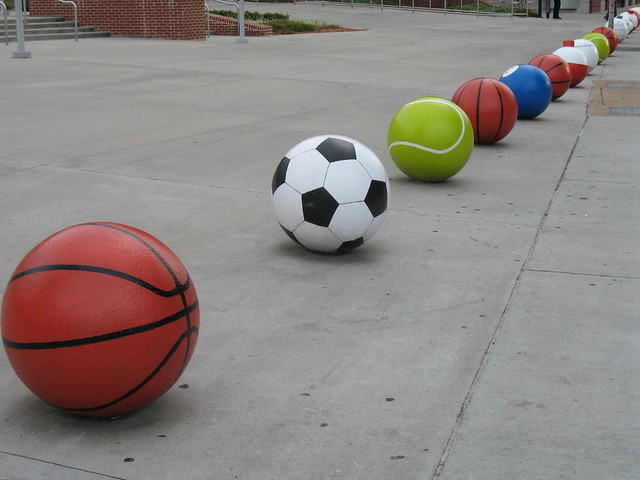
29 Dec Early Specialization vs. Early Sampling vs. The Lannisters: Who Wins?
On one end, we have the coaches who encourage early specialization of a single sport, and are quick to bench their young players for participating in other activities.
We have the parents who push their kid with year-round intensive training of one sport, and fail to let their 7-year-old be a kid, and play in the neighborhood with no restrictions.
In the other corner, we have the long-term athletic development crowd who runs their athletes through obstacle courses and exposes them to variety of movement rather than repetition of movement.
But don’t forget, we also have the parents who enroll their kid in three sports in a single season, and don’t realize that this, too, is overuse waiting to happen.
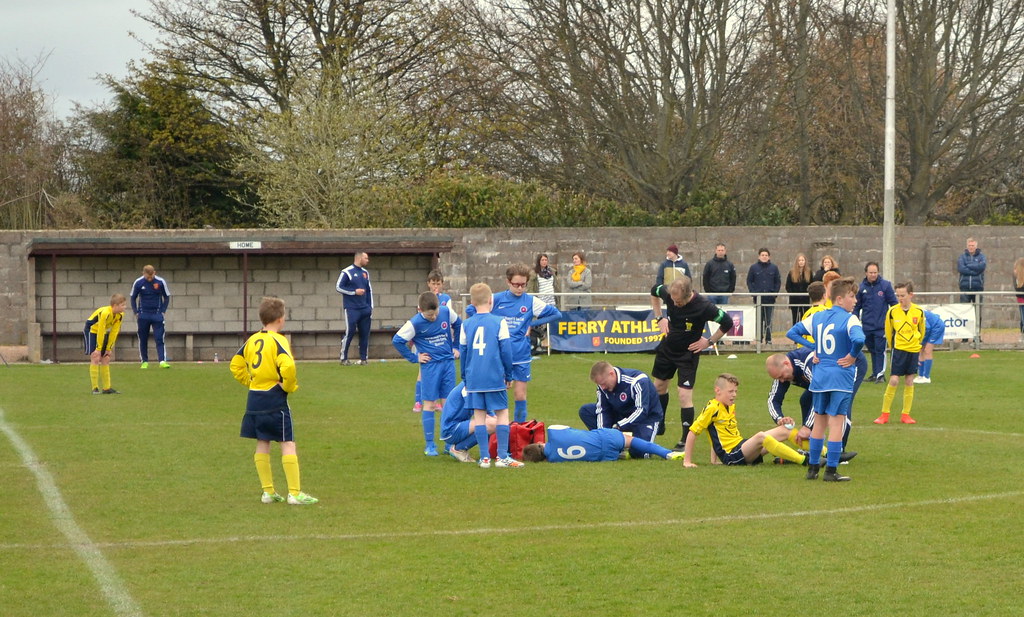
The early specialization vs. early sampling debate is as bellicose as a battle between the Starks and Lannisters.
It’s as divided as Lord of the Rings vs. Harry Potter fans.
It’s as combative as Luke Skywalker vs. Darth Vader in a lightsaber battle.
It’s as sensationalized and drama-filled as Britney vs. Christina in the 1990s.
Who’s better?
Who’s right?
Who’s wrong?
Who’s better looking?
Who wins?

You’re curious, aren’t you? You’re sitting there ready to hear what I have to say.
In fact, you’re on your laptop eagerly scrolling down.
But wait. Be patient.
Look bunky, this is about to be 5,000+ words of research and experience-based evidence.
I better be articulate. Because you know, the outrage culture nowadays is brutal.
#BloggingProblems

So I beg you: don’t rush this article. Read word-for-word before you send back a witty soundbite that is totally out of context and is the result of your laziness to read a lengthy piece, or your lack of critical thinking to examine all scenarios.
Moving on…
People who fall on both ends of the spectrum in this debate have been awaiting my opinion, either ready to flood my inbox with hate mail, or with applause and mic drop GIFs.
Right off the bat, I’ll give you my answer: it depends.
I know it’s anti-climatic.
I know it won’t be the opening act on Saturday Night Live.
I know it won’t be featured on 60 Minutes.
I know it won’t win a Grammy.
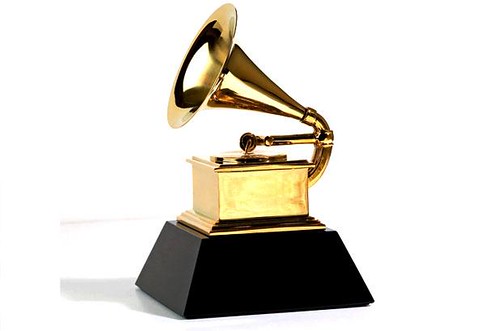
The debate between early specialization vs. early sampling is a loaded one, so I’m going to give you a loaded answer: it depends.
As much as we want this to be clearcut, it’s not.
And as much as we want to call it a day so we can all go home, eat pizza, and zone out into an abyss of strangers streaming on Twitch, we can’t.
To that end, the answer is complex. It’s so layered that there’s no right or wrong. There’s only what you’re trying to do within your own universe. <— sorry if that sounded like hipster, spiritual woo-woo type stuff.
So before I dive in, let’s define early specialization, and venture through a history of youth physical activity.
What Early Specialization Is
Early specialization is defined as the focus on one sport, with the exclusion of others. This means kids are on a single sports team with no other activities year-round.
Summer. Fall. Winter. Spring.
As an example, a club travel player for a U-12 soccer team in the United States is practicing two to three times a week, with a night of technical training, then a game on the weekends. On top of that, they’re playing multiple tournaments in a season, with up to three games a day. This happens in the Fall and Spring, and in the Winter? More showcases, ID camps, futsal games, and team practices.
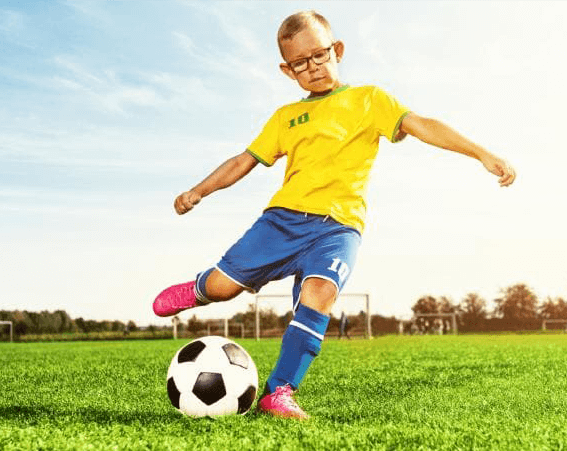
Truthfully, it’s been a over a decade since I’ve seen kids have December and the holidays completely off from practice and games.
Alas, it didn’t used to be this way. Back in the 90s, organized youth sports were only during a single season, and kids were allowed to be kids in the off-season.
Growing up in the 1990s, my travel soccer season was in the Spring, so I was able to enjoy being a kid the rest of the year, and focus on using other muscle groups in my body.
I was given several months off and plenty of wiggle room to play Capture the Flag, tackle football with my brother and his friends, dodgeball, and climb trees in neighborhood to build myself as a complete human.
Too, this didn’t mean I didn’t touch the soccer ball during my off-seasons. Rather, I practiced in my front yard with immense passion and joyfully played pick-up on the neighborhood streets.

Let’s keep going.
Oh! And don’t worry, I’ll make a case for early specialization, too.
So keep reading before you utter, “to hell with this one-sided opinion!”
Now, fast forward to 2019, and kids are moving less. Less in PE class. Less in the neighborhood. Less at the playground. Less in general.
Truthfully, I would be more okay with early specializers nowadays if kids were learning basic motor skills as much as they were in the 1990s.
Or better yet, if they were under a physical development model year-round with their sports clubs (Ajax Football Club is a great example on developing the human, as well as the soccer play simultaneously under a safe, progressive model. You can READ HERE).
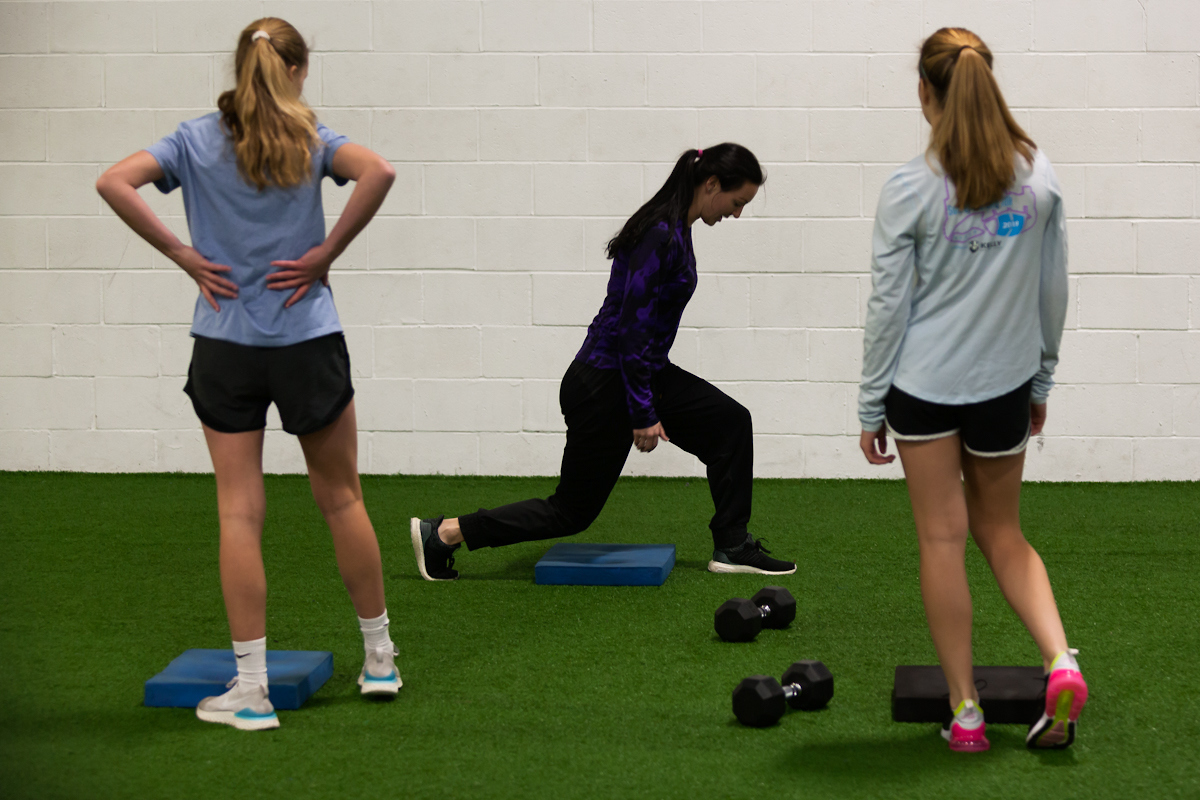
But the reality? Skills sessions are replacing physical development gym sessions. Technical and tactical drills are replacing performance and injury reduction drills. Organized sports are replacing free play.
In fact, after eight years of coaching youth, parents complain, “we don’t have time to take our kid to the playground because they practice 3-4x a week, then they have homework to do, and the last thing they want to do is get outside!”
I understand this sentiment wholeheartedly.
And it’s a big problem because playing outside is where kids learn how to be creative and malleable.
They learn force absorption when they fall off the monkey bars.
They learn balance when navigating the various surfaces, steps, balance beams, and playground rungs.
They learn coordination when climbing trees.
They learn spatial awareness and momentum when swinging on a swing.
To that end, the playground is the best gym around.
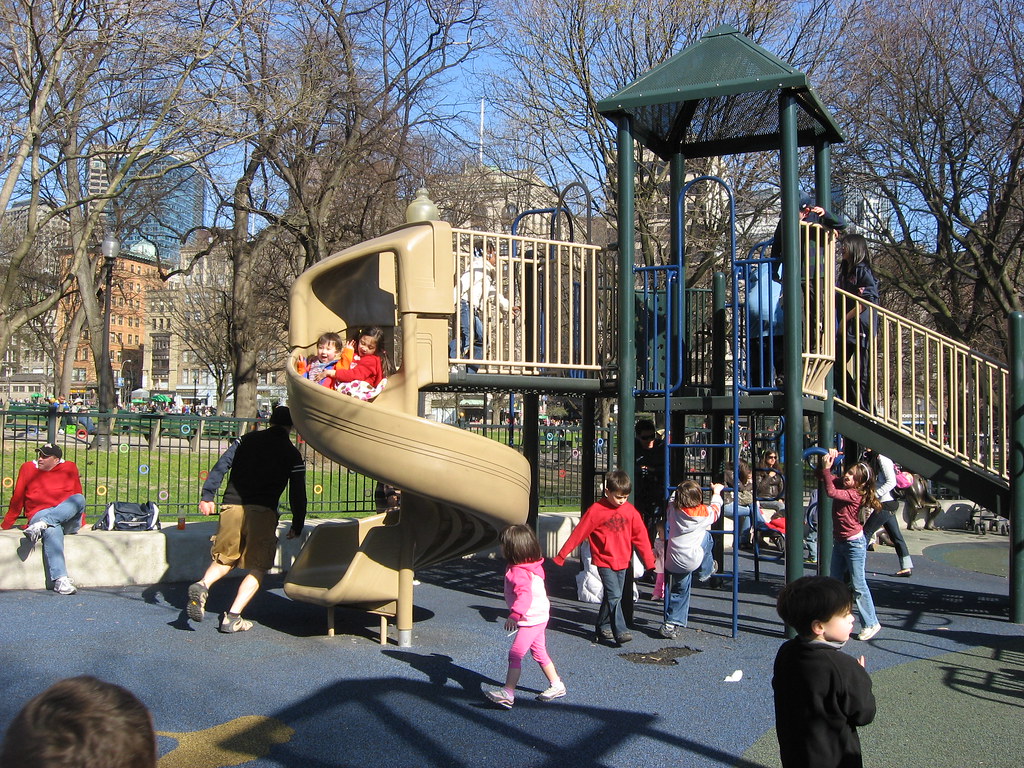
Alas, what we are facing now is different. I could go on and on about how good it was “back in the day” and how much more active every child was, but I won’t.
Instead, I want to push forward and provide everyone with actionable solutions.
But first, let’s take a look at the benefits, as well as detriments of early sampling.
Why Early Sampling Is Beneficial
Before I dive into youth sports, let’s look at your career.
Why are you talented at it?
No, really. WHY?
As an example, if you’re an attorney, you’re good at what you do not because of law classes alone, but because of the other courses you took in your undergraduate degree.
Did you take human behavior to better deal with difficult clients?
Did you take marketing to better promote your services?
Did you take English to better write legal letters?
Did you take psychology or philosophy to better handle stress?
You see, just specializing in law coursework does you a major disservice when looking at the entirety of your career. Every skill matters – from logic and problem solving, to business, to interpersonal relations, to stress management.
As left-brained as being an attorney is, it’s also immensely right-brained.

Looking to another example, if you’re a doctor who only focused on science, and not the communication, philosophy, and psychology, you’re failing your patients with your cold bedside manner.
And for some doctors, they run a business with their own practice, so beyond the medical aspects, they had to learn the accounting, the marketing, business law, and communication components to their careers.
Or looking to a sports example, if you’re a coach, why are you good at coaching?
You’ve studied tactics, formations, and coaching cues to provide your players with knowledge of the game.
But also, you’ve studied human psychology and behavior to be empathetic, supportive, and motivating when your players are having a bad day.
A variety of skills matters.
For everything.
Sure, we all eventually become specialists, but before we got there, we also were generalists, and I’d argue, we still are a nice blend of both today.
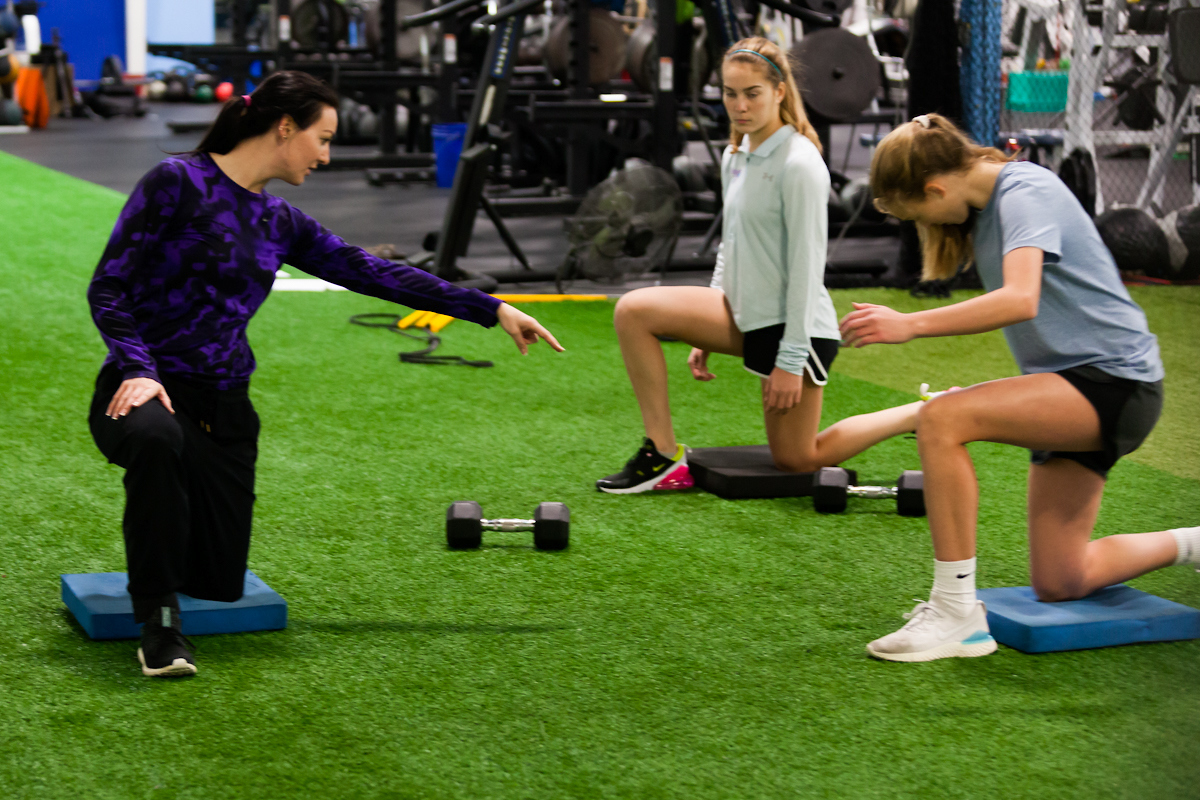
Moving the conversation forward to youth sports, how do other sports support a child’s primary sport?
For one, there are several transferable skills between sports:
– rotational power from lacrosse shooting, transfers to hitting a baseball.
– reactive agility in basketball transfers to maneuvering tight spaces in soccer.
– pushing and pulling in wrestling transfers to withstanding forces in football.
– balancing on a beam in gymnastics transfers to all team sports where kids must balance on one leg to accelerate and decelerate.
– catching in the baseball outfield transfers to scanning air balls in soccer.
– dodging a dodgeball transfers to all team sports that involve reactive cutting and moving to an external stimulus (i.e. defender or opponent)
Oh, one more: learning powerful kicks in martial arts transfers to ninja-level shooting in soccer.
Fun fact: Zlatan took taekwondo as a kid. Here it is paying off:
And two, other sports help kids develop their coordination and strength that their primary sport doesn’t provide.
Too much repetition with the same muscle groups without any love for the others leads to imbalances and compensatory movement patterns (i.e. soccer is heavily hip flexor and quadricep dominant).
For maturing kids, this is particularly dangerous because growth leads to a disturbance in coordination and posture, which hinders the stability of the pelvis, ankles, and knees. According to Renshaw and colleagues (2009), these bad habits remain when nothing is done to fix them.
If a child is constantly doing skills sessions and practices in their primary sport, the focus is on a few muscle groups, not all.
So let me ask you this: outside of the repetition of primary sport, what else is being done to work on muscle imbalances?
Is coordination being reinforced as kids grow?
Is their pelvic stability being addressed?
Are they working on stability so they can decelerate safely?
Are they working on alignment of the ankle, knee and hip joints so they reduce chance of ACL?
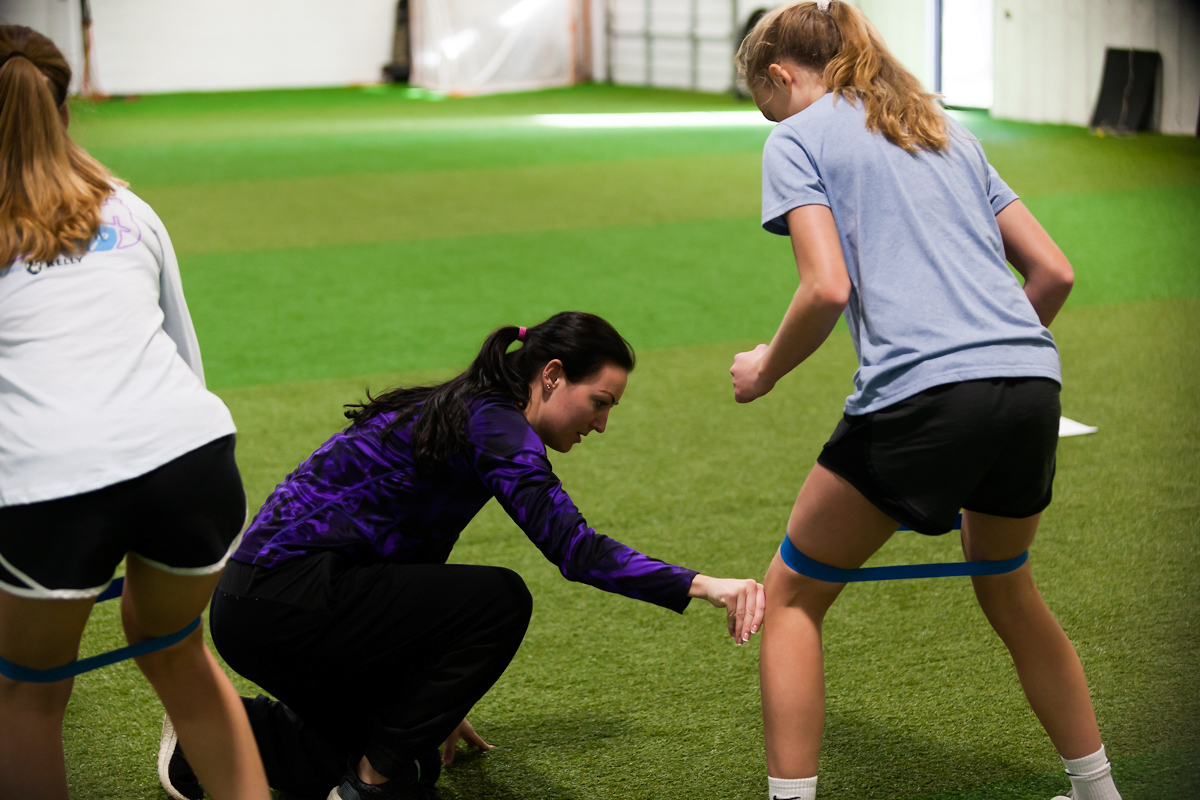
Spoiler: more skills trainers and club technical nights don’t solve any of this.
Early sampling provides kids with the diverse palette of movement they need to develop as humans.
In a study done by DiFiori and colleagues (2014), they suggested that a variety of training reduces overloading and strain injuries in young athletes.
Looking beyond the physical benefits of early sampling, kids also benefit socially and emotionally from a variety of environments and social situations.
They learn to interact in new social settings. They learn to overcome new challenges. They learn to problem solve with new tasks. They learn to communicate with new teammates and coaches.
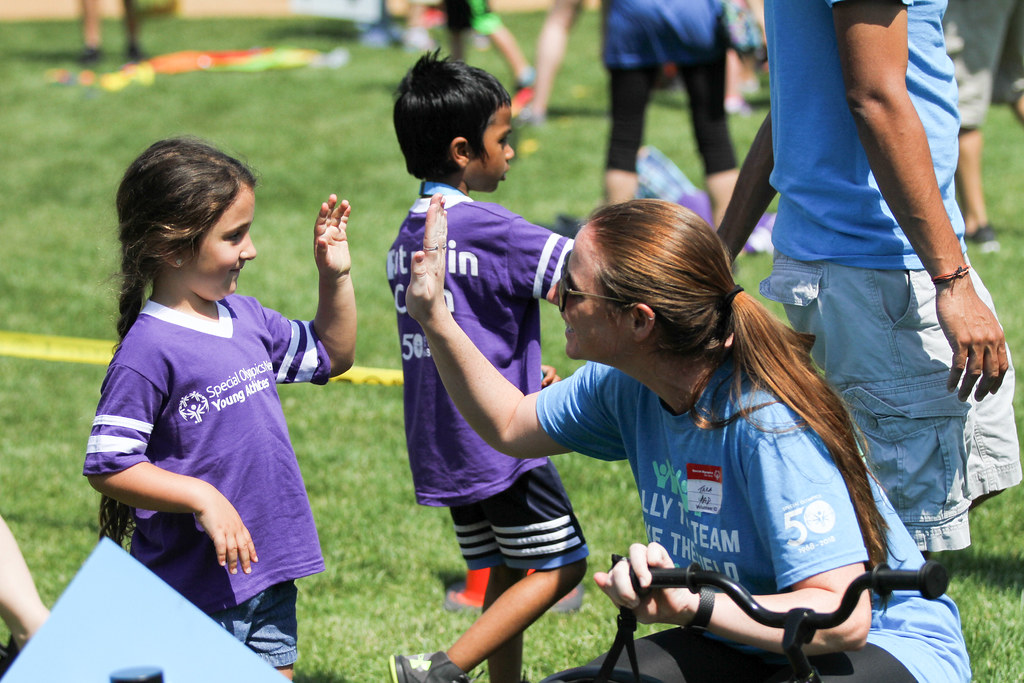
Myelination in the brain increases rapidly during childhood and adolescence, which is when connection in the brain forms, and operates more efficiently.
This is a critical time to expose kids to a multitude of scenarios in physical activity. Tapping into all corners of the brain is paramount for not just tactical decision-making in sports, but also, for problem solving and learning in academics.
In a study done by Seidler (2010), he suggested when learning new motor skills, kids tap into other brain regions that are critical for learning non-motor skills.
Another study done by Trudeau and Shephard concluded that children who experience more physical activity through PE programs in school, got better grades, demonstrated better focus, and better behavior in school (Trudeau & Shephard, 2008).
It’s worth mentioning that PE programs encompass the global movement that kids need, but again, they are waning, which means performance coaches for youth are becoming more important to expose kids to variety of movement. Or the alternative? Parents must take kids outdoors for optimal brain development.
Considering both hemispheres of the brain when it comes to developing young athletes is critical – structured and unstructured play.
Neuroplasticity continues to be a fascinating phenomenon that states that the more new experiences human expose themselves to, regardless of age, they build new connections.
An excellent book on this topic is The Brain That Changes Itself.
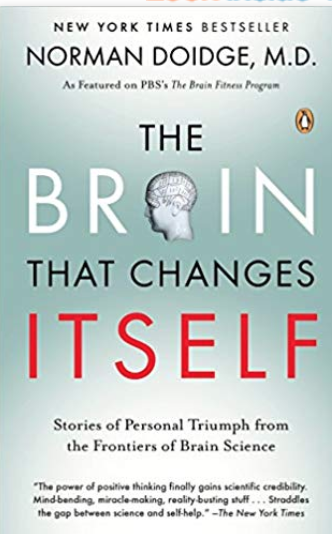
Another book I recommend in this space is Smart Moves, and the impact of movement on learning, memory, and emotional intelligence.
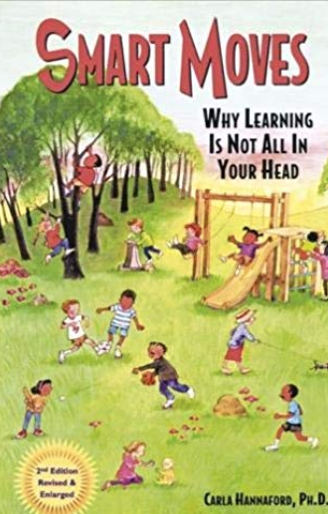
Now that you’ve learned the physical and mental benefits of early sampling, let’s move onto to when early sampling might be dangerous for the young athlete.
When Early Sampling Is Detrimental
So here’s where early sampling becomes dangerous: when multiple sports are played in a single season.
Returning to “back in the day,” if soccer were our primary sport, we had several seasons off (i.e. the entire winter and summer) to dabble in other sports.
We could play basketball in the winter. We could swim in the summer. We could play lacrosse in the spring. We could play field hockey in the fall.
Nowadays? Kids cram two sports in one season, and the mental and physical dangers of this are immense.
For one, if sports in the same season are heavy with cutting, change of direction, and high speed sprinting (i.e. lacrosse and soccer), it will be hard for a maturing middle schooler to make it out alive without chronic soreness, soft tissue injury, or a stress fracture.
Looking at the mental side, these athletes have to tip-toe around both team coaches, who are fast to bench them if they miss a practice due to another sport.
And sadly, this happens at all ages, including elementary schoolers.
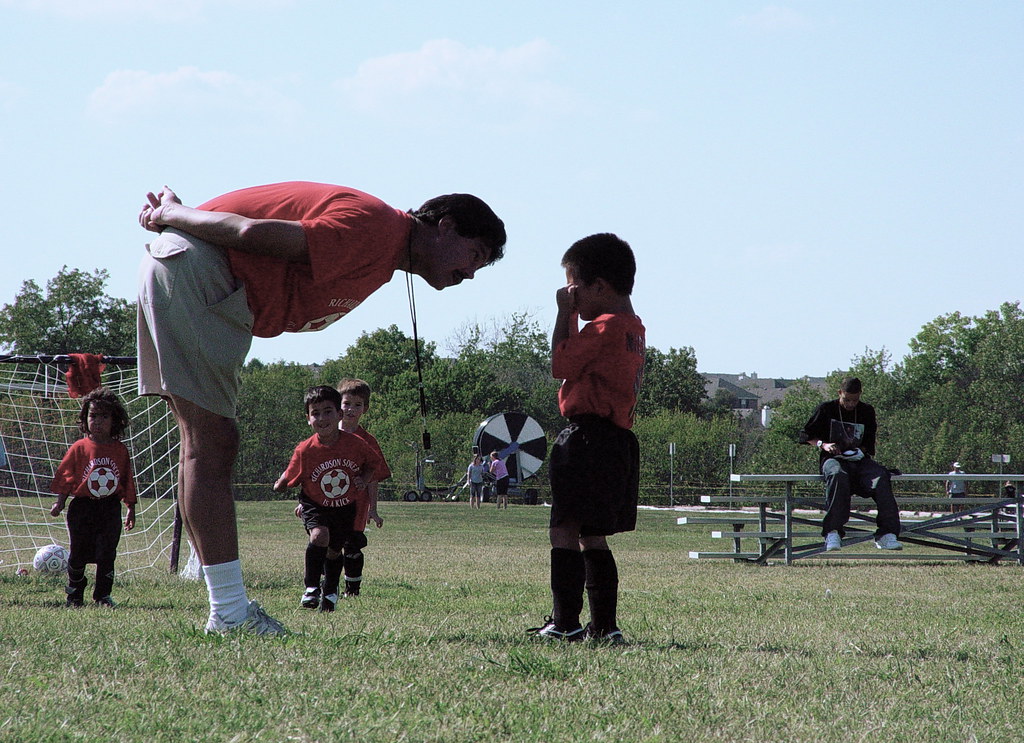
This is problematic because not only does playing time plummet, but so do confidence and mental health, leaving the young athlete confused and discouraged.
Early sampling presents its own problems as much as early specialization, and it is critical we are aware of all of it.
Solutions await you at the end of this article.
Yes, that means you better keep reading. ;-O
When Early Specialization Is Beneficial
The question isn’t “why early specialization is beneficial?”
Rather, it’s “when is it beneficial?”
If kids were playing year-round with the exclusion of other sports and little free play outside of organized practice, I’d be concerned.
Sadly, that’s the reality today.
But as mentioned earlier in this article, some sports organizations do an excellent job navigating the year-round model, and ensuring kids stay healthy amidst a high volume of practices and games.
Strength and conditioning coach Rene Wormhoudt’s work at Ajax Football Club, one of the best youth development clubs in the world, is a clever model that other clubs model after (READ HERE).
His creation of the Athletic Skills Model (ASM) was meant for the kids to develop as complete athletes, in addition to soccer players. The ASM consists of working on the basic motors skills of throwing, catching, crawling, twisting, hopping, romping, balancing, tumbling, falling, and climbing that are transferable to the contact, rotational, multi-directional, and spontaneous actions in soccer.
You see, with a staff of experts, or better yet, performance coaches thrown into the mix, early specializing kids are in good hands to stay healthy and develop as durable, robust athletes (Read this article How To Build A Beast Athlete Who Is Resilient, Fast and Agile).
There are many youth clubs out there that truly practice player development, and they don’t let the technical and tactical overshadow the physical. Instead, an integrative dance is performed between all.
Early specialization, to the end, ain’t evil, so long as kids are not falling into overload and compensation with their muscles.
The child’s decision, too, can’t be ignored. If they’re benefitting from the experience of one sport and enjoying themselves, I see no issue.
But. This will require they work on their coordination, balance and strength year-round to serve the physiological longevity of their careers, and to not hit a wall with their physical performance.
Experience-Based Examples
Now that you’ve sifted through the research presented, let’s give you a break with some experience-based examples.
After eight years of working hands-on in the youth physical development space, here are several scenarios I’ve seen with both early specializers and early samplers.
– Scenario: pre-adolescent female athlete plays lacrosse and soccer in same season.
– Result: Osgood-Schlatter Disease, five stress fractures in foot.
– Scenario: 9-year-old early specializer, three practices a week, games on the weekend, additional skills sessions, at-home practice, no other play outside of soccer
– Result: Chronic soreness on the left hamstring, wears compression sleeve when he plays.
– Scenario: 10-year-old early specializer, wants to play another sport, but cried because she felt she didn’t have time and her travel soccer coach would get mad and bench her.
– Result: Lack in confidence at games, anxiety, loss of love for soccer.
– Scenario: 13-year-old multi-sport athlete who misses soccer practice for lacrosse during lacrosse season, and isn’t afraid to miss practice when she feels sore and overwhelmed with two sports in one season. She has set healthy boundaries.
– Result: Fully healthy, happy, and never sore.
– Scenario: Early specializer 13-year-old female, travel soccer player, does strength and conditioning, recovery, and load monitoring year-round.
– Result: Fully healthy, happy, and never sore.
– Scenario: Early specializer 9-year-old boy, does no physical development, but instead, six days a week skills sessions, no variety of movement, and rarely, a day off.
Result: Chronic sharp pain down right side of back.
– Scenario: Early specializer 12-year-old boy, travel soccer player, does no year-round strength and conditioning or other activity outside of organized sport.
– Result: Ossgood-Schlatter Disease
– Scenario: Early specializer 13-year-old girl, ECNL soccer player, does year-round strength training and load monitoring and recovery.
– Result: Fully healthy, happy, and never sore.
Now, if you’re a scientist bothered by this small sample size, I could go on and on with the thousands of athletes I’ve worked with over the years, demonstrating these same themes.
But yo. For the sake of brevity and tailoring to my readers, I don’t want to turn this into a dissertation.
Also, I’m not a scientist.
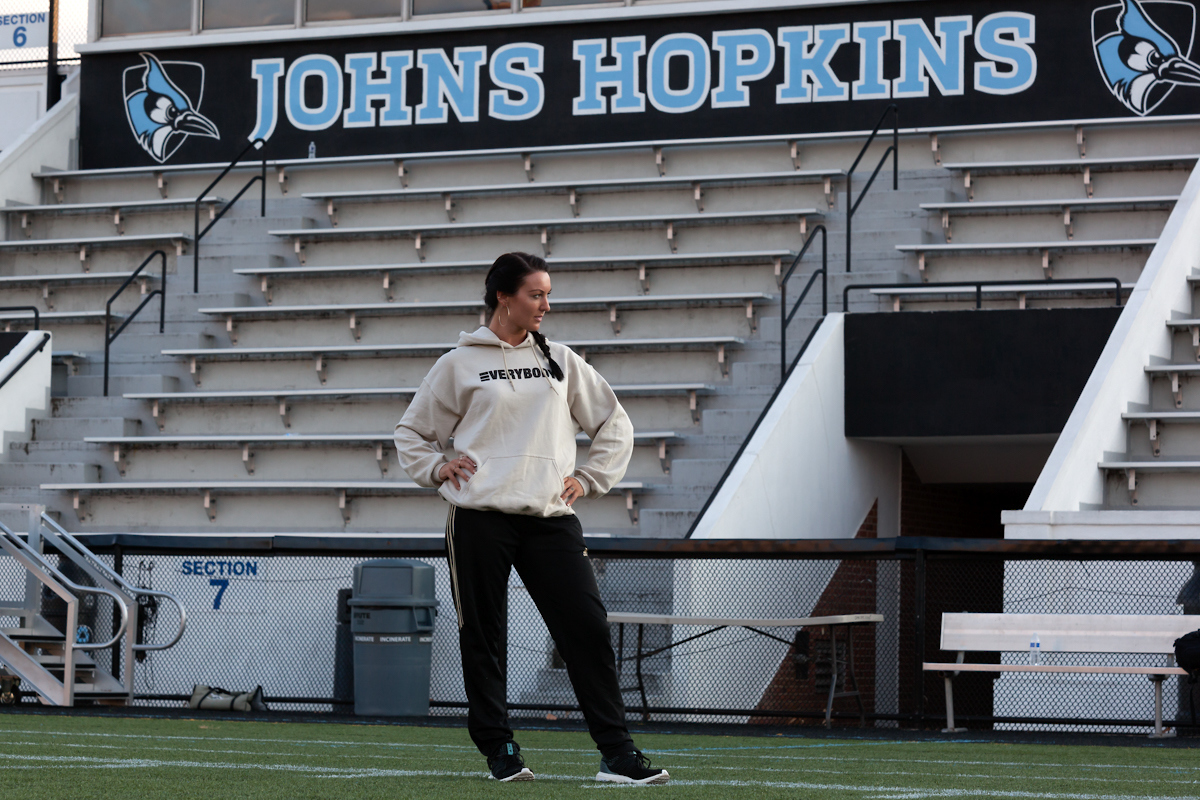
With that said, I’m taking applicants to do a peer-reviewed study on my roster of athletes. No, seriously. DM me if you’re up for it. ;-O
Anyway…
Here’s the thing: I’ve seen it all. This is stuff I witness and hear about on a daily basis when young athletes come to me at my facility, or parents message me on Instagram asking for advice.
As much research as we comb through on both sides of the debate, there are a myriad of case-by-case scenarios right before our eyes in an experience-based setting. Both research and anecdotal evidence are important to look at here.
And based off of this wealth of information, we need to continue to grow our knowledge on child development, and take action on what each kid needs.
So…
Some Actionable Solutions for These Scenarios
If there’s anything you get from this article, it’s to see what works best for your scenario.
Chances are, you’ve experienced one of the above with your kid or your players.
Here are some important takeaways:
– For the multi-sport athlete, know when to say “no” and set boundaries with team coaches. If your performance wanes, you experience chronic muscle soreness, or show signs of stress and anxiety, it’s okay to skip one sport, or a practice and game, rather than trying to cram it all in.
– Year-round strength and conditioning is a must for both early specializers and early samplers. Kids are maturing and need to be exposed to safe biomechanics (acceleration, deceleration and change of direction), and build their strength to be able to handle and create forces in their sports.
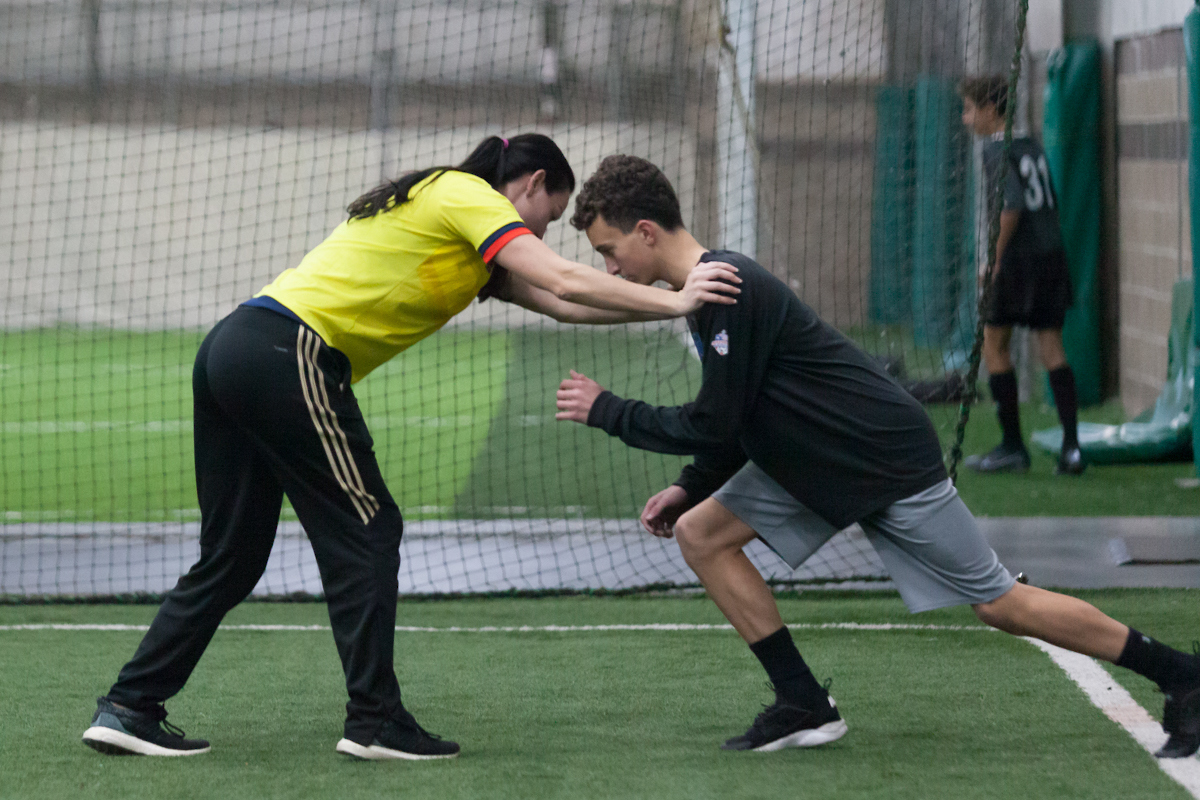
– Free play is critical. Go to the playground, wrestle, play dodgeball, climb trees, jump on trampolines. Do anything. Not only does this develop motor skills, but also, the stakes are low and the structure is absent, and kids can tap into the creative hemispheres of their brains.
– If your kid wants to do two sports in the same season, it is best to opt for sports that involve different levels of load on the body. As an example, a soccer player doing golf is a nice combination because the kid is not overloading on eccentric movements from change of direction, nor is he impacting the muscles, tendons and joints as much as a soccer-lacrosse combo. Some other good pairs would be basketball/snowboarding, indoor track/wrestling, volleyball/field hockey, gymnastics/soccer.
– Optimize recovery. Ideally, 1-2 months off from organized sports, and both early specializers and early samplers need this cushion of time to recover. All athletes do. HERE is an article discussing the importance of recovery, and HERE is a program with sample in-season strength maintenance and recovery workouts for kids.
Ending The Debate
Phew.
You made it.
The goal of this article was not to pick a side, nor was it to make the divide between early specializers and early samplers bigger.
Rather, it was to provide tips for a variety of people on both ends of the spectrum, and who experience a wide range of scenarios.
With that said, there’s no definitive winner in this battle. Sorry there’s no explosive ending that makes your face melt.
With that said, let’s just give the win to the Lannister’s.
*waves surrender flag*
References
DiFiori, J.P., Benjamin, H.J., Brenner, J.S., Gregory, A., et al. (2014). ‘Overuse injuries and burnout in youth sports: A position statement from the American Medical Society for Sports Medicine.’ British Journal of Sports Medicine, 48(4):287-288
Renshaw, I., David, K.W., Shuttleworth, R., & Chow, J. (2009). ‘Insights from ecological psychology and dynamical systems theory can underpin a philosophy of coaching.’ International Journal of Sports Psychology, 4(40): 540-602.
Seidler, R.D. (2010). ‘Neural correlates of motor learning, transfer of learning, and learning to learn.’ Exercise and Sport Science Review, 38: 3-9.
Trudeau, F., Shephard, R.J. (2008). ‘Physical education, school physical activity, and academic performance.’ International Journal of Behavior Nutrition and Physical Activity, 5:10.


Brian McGibbon
Posted at 16:16h, 30 DecemberAwesome!
erica
Posted at 16:19h, 31 DecemberThank you! 🙂
Peter Wiltmann
Posted at 20:29h, 23 JanuaryI like how you define a successful athlete, the first words are “fully healthy”. Simple, and yet as complex as you noted. Thank you!
Love reading all your posts, hope you stick around for a while. I love soccer, but coach xc skiing.
erica
Posted at 14:34h, 24 JanuaryThank you, Peter! XC Skiing?! That is SO awesome. Keep up the good work, Coach!
Early Success in Sports and Future Success in Sports
Posted at 19:22h, 06 February[…] Early Specialization vs. Early Sampling vs. The Lannisters: Who Wins? […]